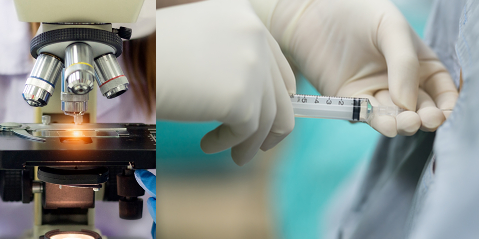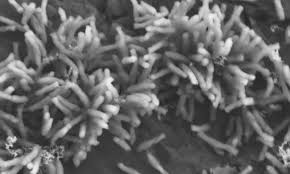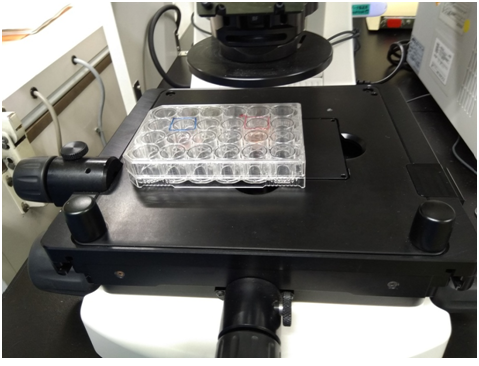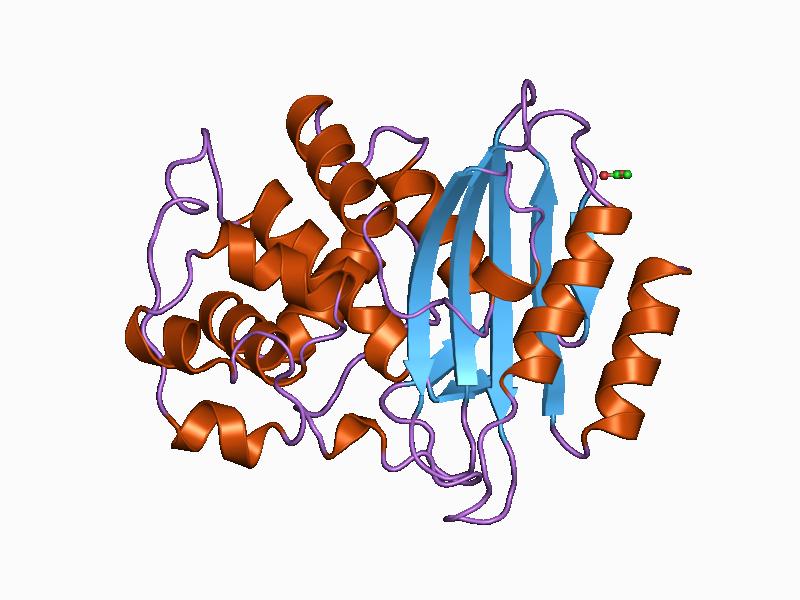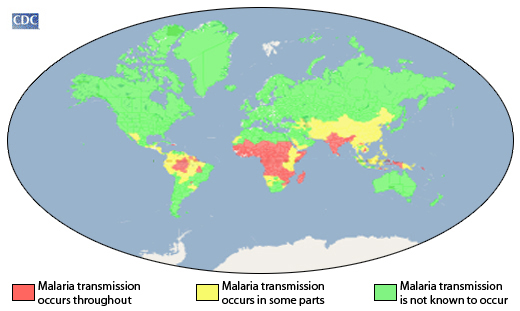MICROSCOPY OF CEREBROSPINAL FLUID (CSF)
Cerebrospinal fluid (CSF) samples are obtained with extra precautions using a technique called lumbar puncture. Lumbar puncture is defined a medical procedure in which a sterile needle is inserted into the spinal canal (of a patient suspected of having a central nervous system infection) to obtain cerebrospinal fluid sample for microbiological and/or other medical/diagnostic testing. […]
MICROSCOPY OF CEREBROSPINAL FLUID (CSF) Read More »
Microbe Lab, Techniques in Microbiology Lab
